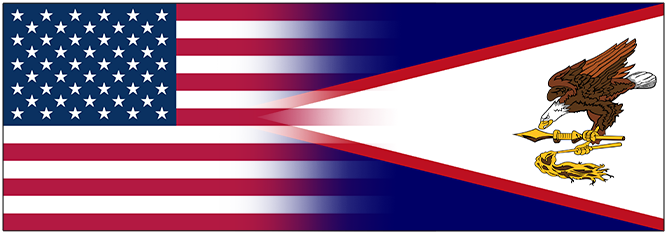Before Europeans arrived on the Samoan islands, local tribes did not use flags in the modern sense of the term, and their identity was expressed through cultural and spiritual symbols, including tribal totems and rituals. The first European discovery of the Samoan islands took place in 1722, when Dutch explorer Jacob Roggeveen first explored the region. Since then, the region has been gradually drawn into the sphere of European influence. During the 19th century, flags of European colonial powers could be raised in different parts of the archipelago. American Samoa, as a territory, officially came under US control on April 17, 1900. Since its accession to the United States, American Samoa has become more closely integrated into the political and economic system of this country, while retaining much of its cultural identity. For sixty years, only the American flag was used in the territory, until a decision was made to create its own flag for local identity.

The current flag of American Samoa was officially adopted on April 27, 1960. It was designed with the cooperation of local leaders and the U.S. Army Institute of Heraldry. This ensured a balance between local traditions and US symbols. The flag of American Samoa was ranked 17th in the ranking of the best flags by the North American Vexillological Association, out of 51 flags. This indicates its uniqueness and high appreciation from an aesthetic point of view. The eagle on the flag symbolizes the protection of the United States, while traditional Samoan objects symbolize the power and wisdom of local leaders. However, officially, Flag Day is celebrated every year on April 17, in honor of the first raising of the US flag on the island. Thus, in 2024, American Samoa celebrated the 124th anniversary of the flag.



